- Expert advice/
- Getting engaged/
- Rings/
- Is Engagement Ring Insurance Worth It?
- Rings
Is Engagement Ring Insurance Worth It?
Engagement ring insurance is an easy way to achieve peace of mind and keep your jewelry safe. How much does it cost? Do you need it? And, if so, where can you find the best policy? We've got the answers.
Last updated October 1, 2024
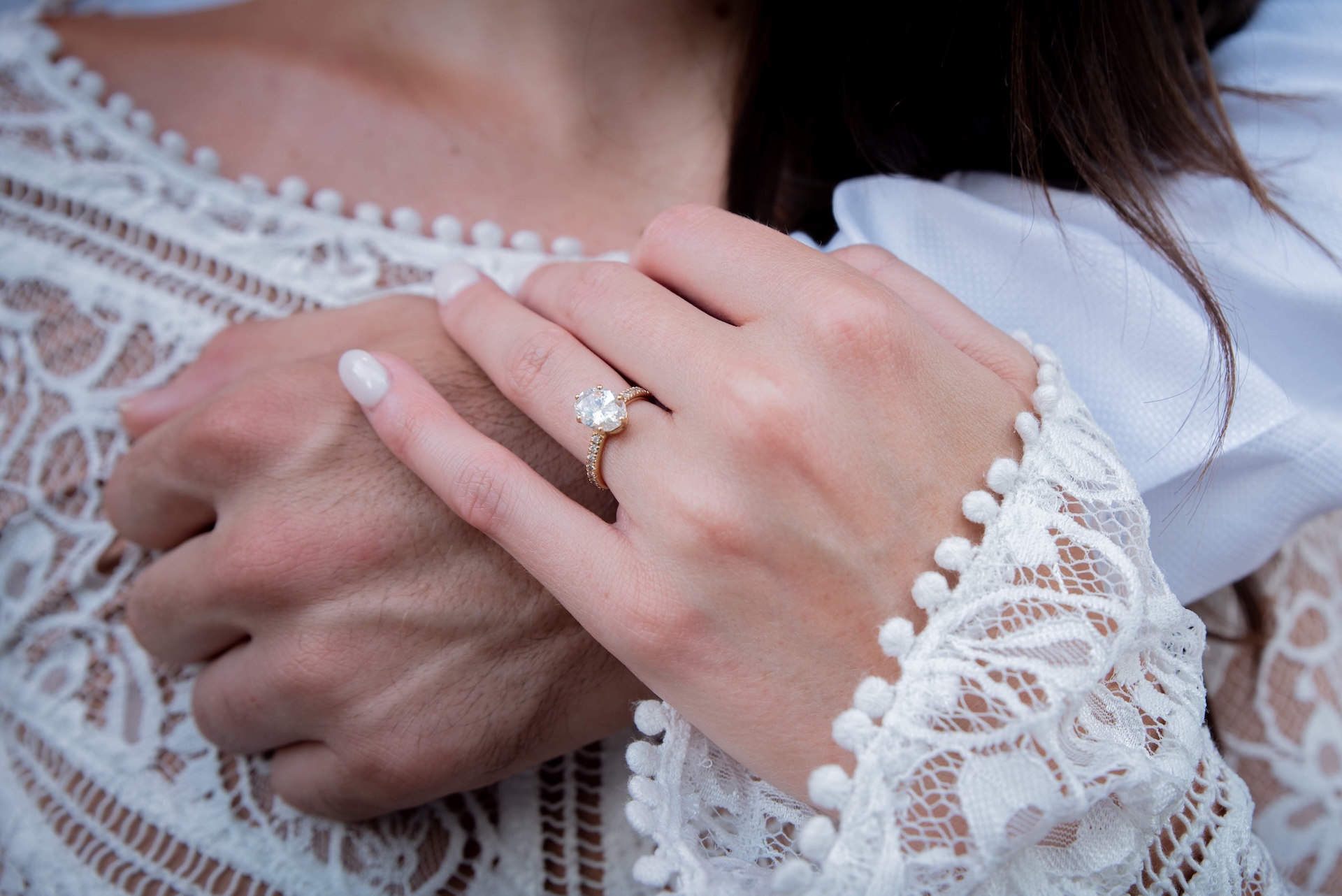
TLDR
- Whether or not you purchase insurance for your engagement ring is up to you, but it can help replace a lost, stolen, or damaged ring.
- Some home and renter policies will let you add on a ring, but there are also jewelry-specific insurance companies you can use.
- Insurance depends on the value of your ring, and the annual cost is typically 1-2% of the ring's appraised value.
You’ve found the one, popped the question, and slipped that perfect diamond engagement ring on their finger. Now comes an important step many couples overlook—protecting your investment with engagement ring insurance. Of course, you hope to have the original ring forever, but what happens if it gets lost or damaged in some way? That’s where an insurance policy can help.
At Zola, we understand that your engagement ring is more than just a piece of jewelry; it’s a symbol of your love and commitment, and it’s also connected with happy memories of your proposal story. Here’s everything you need to know about protecting your engagement ring.
Why Insure Your Engagement Ring?
Besides a house or car, engagement rings are often one of the most valuable possessions a person owns, both financially and emotionally. If you’re on the fence about purchasing insurance, that’s understandable, but it’s always a good idea to have some sort of protection in place.
Here are some compelling reasons to consider insurance:
- Financial protection: Covers loss, theft, or damage
- Peace of mind: Allows you to wear your ring worry-free
- Sentimental value: While it can’t replace memories, insurance helps ease the pain of loss
According to recently engaged couples, the average cost of an engagement ring in the U.S. is around $5,900, which is a significant investment worth protecting. But beyond the monetary value, the emotional toll of losing an engagement ring can be devastating. Insurance provides a safety net, allowing you to focus on what matters—your upcoming wedding and life together.

How Much Does Engagement Ring Insurance Cost?
Jewelry insurance usually costs between 1% to 2% of the ring’s value. So, an engagement ring valued at $5,000 could cost roughly $50 to $100 a year, or $4 to $8 a month to insure. That’s about the price of a fancy coffee, which is well worth it to protect your jewelry.
Factors that can affect your premium include:
- Ring value
- Your location
- Type of coverage chosen
- Deductible amount
What Does Engagement Ring Insurance Cover?
Although you’ll need to chat with your provider about what your policy actually covers, a good engagement ring insurance policy typically provides insurance coverage for:
- Theft
- Accidental loss
- Damage (including stone loss)
- Mysterious disappearance
It’s important to note that coverage can vary between policies. Some may even cover preventative services like ring inspections and cleaning. Always read the fine print and ask questions to ensure you understand exactly what’s covered.
How to Get Your Ring Appraised
Before you can insure your ring, you’ll need to get it appraised. If your ring didn’t come with an appraisal certificate, you can take your ring to a professional to determine the value.
An appraisal provides a detailed description of your ring, including:
- Metal type and quality
- Diamond or gemstone specifications (cut, color, clarity, carat)
- Estimated replacement value
Many jewelers offer appraisal services, or you can look for a certified gemologist. You should get your ring reappraised every few years, as the value of precious metals and stones can fluctuate. Once you have an appraisal, you can consider a standalone jewelry insurance policy to ensure comprehensive coverage for your ring.

How to Choose the Right Engagement Ring Insurance
1. Assess Your Coverage Needs
The first step in selecting the appropriate insurance for your engagement ring is to figure out your coverage needs. This involves carefully evaluating several factors:
- Ring value: Get an up-to-date professional appraisal to determine the full replacement cost.
- Lifestyle considerations: Factor in how often you wear the ring and potential risk exposure.
- Existing insurance: Check if your homeowners or renters insurance provides any coverage to cover jewelry, particularly engagement rings. Understand the limitations and specifics of the coverage, such as whether additional riders are needed and how filing a claim might affect premiums or the entire policy.
- Budget: Determine how much you’re comfortable spending on premiums.
2. Compare Types of Insurance Options
When insuring your ring, you generally have two main options: either adding to your homeowners/renters insurance or purchasing specialized jewelry insurance. Here's a breakdown of these two types.
Homeowners/Renters Rider
- May have lower coverage limits
- Often a higher deductable
- Claims may affect other rates
- Limited replacement options
- Claims experts know general insurance information
Specialized Jewelry Insurance
- Usually has higher coveragelimits
- Often a lower or $0 deductable
- Typically no claim impact
- Flexible replacement options
- Claims experts are specialized in jewelry coverage
As you can see, each option has its pros and cons. A specialized jewelry insurance policy often provides more comprehensive coverage tailored specifically to jewelry, but it may cost more. On the other hand, adding a rider to your existing policy can be more convenient and potentially cheaper, although there may be limitations.
If you’re stumped on where to start looking for insurance, here are some companies that offer engagement ring protection:
- BriteCo (affordable and easy)
- Jewelers Mutual (very popular and flexible)
- Lavalier (fast and jewelry-specific)
- Chubb (best for high-value engagement rings)
3. Understand the Policy Details
Once you’ve narrowed down your options, it’s crucial to thoroughly understand the details of the coverage you’re considering. Don’t hesitate to ask insurance providers for clarification on any points you’re unsure about. It’s better to fully understand your policy now than to be surprised later when you need to make a claim.
Pay close attention to these key areas:
- Coverage limits: Ensure the policy covers the full appraised value of your ring.
- Deductibles: Consider how much you’d be willing to pay out-of-pocket in the event of a claim.
- Exclusions: Be aware of any situations or types of damage that aren’t covered.
- Replacement process: Understand how claims are handled and how you’d receive compensation.
- Travel coverage: Check if your ring is protected when you’re away from home or abroad.

What to Expect When Making a Claim
While we hope you never have to use your engagement ring insurance, it’s important to understand the claims process just in case. Here’s a general overview of what to expect:
- Contact your insurance company immediately upon discovering loss, theft, or damage.
- Provide necessary documentation, including your most recent appraisal and any police reports.
- Your insurer may require an inspection of damaged rings before approving repairs.
- For lost or stolen rings, you may need to work with the insurer to find a suitable replacement.
- Once approved, your claim will be settled according to your policy terms - either through direct replacement or a cash payout.
Engagement Ring Insurance FAQs
Q: Is engagement ring insurance really necessary?
A: While not mandatory, it provides valuable protection for a significant investment and emotionally important item.
Q: How much does engagement ring insurance typically cost?
A: Annual premiums usually range from 1-2% of the ring’s appraised value.
Q: Can I insure my ring if it’s a family heirloom?
A: Yes, but you’ll need to get it professionally appraised to determine its current value.
Q: What if I lose just one stone from my ring?
A: Most policies cover partial loss or damage, but check your specific policy details.
Q: How quickly will my claim be processed?
A: This varies by insurer, but many aim to settle straightforward claims within 1-2 weeks.
Q: Should I insure my wedding ring as well?
A: Yes, insuring both your engagement ring and wedding ring ensures comprehensive protection for all your valuable jewelry.
Choosing the right insurance for your engagement ring is an important decision that requires careful consideration, but that’s just one small part of your wedding to-do list. Zola is here to help you plan your wedding every step of the way. Whether you’re curious about engagement party etiquette or are looking forward to creating your wedding registry, Zola’s expert advice can answer all your wedding planning questions. If you’re just getting started, check out our wedding website options to help keep your guests in the know.
Up next for you
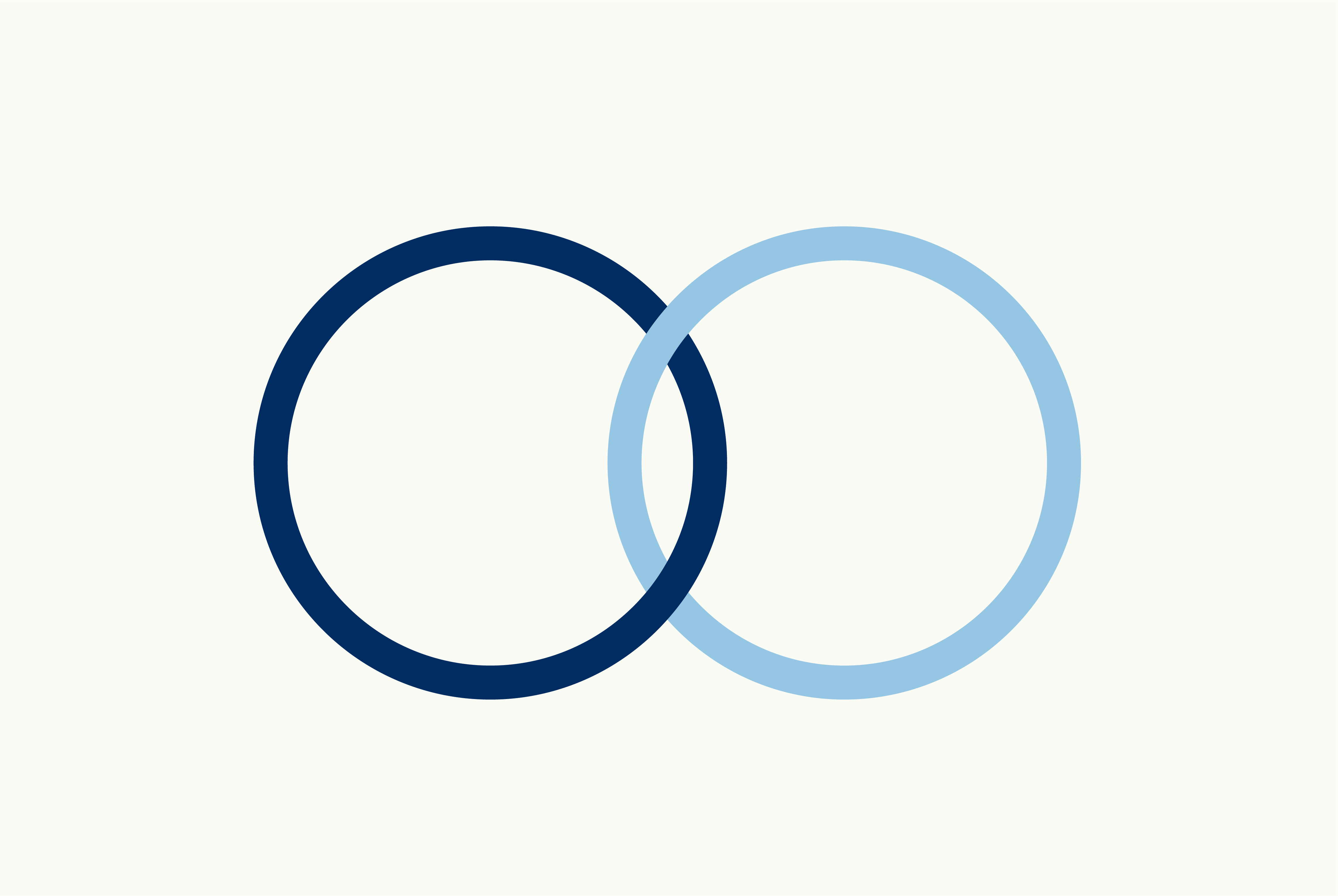
A Guide to Wedding Rings
Inspiration
From how much you should expect to spend on a wedding ring to tips for how to choose the right one for you, check out this guide on wedding ring styles, types, and materials.
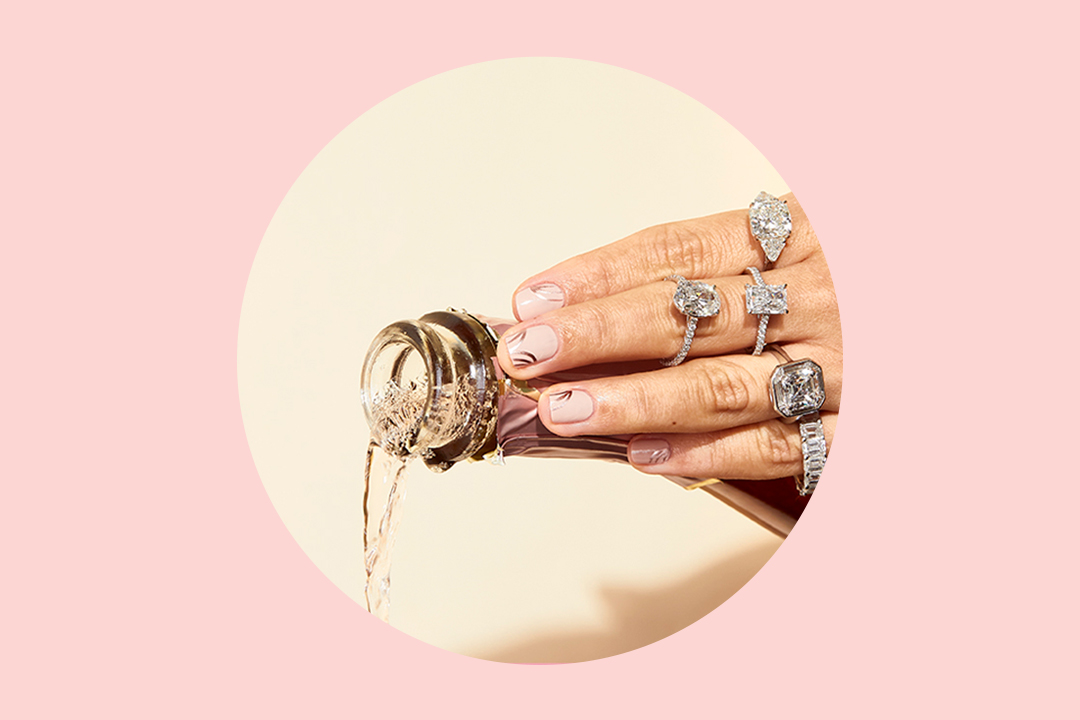
Where You Can (and Can't) Wear Your Engagement Ring
Inspiration
Diamond experts share all the places you can wear your engagement ring and where you shouldn't wear your ring. Plus, tips for keeping your engagement ring like new.

How to Announce Your Engagement
How-To
You're engaged! Now it's time to tell people. Here are the best ways to make an engagement announcement that works for you.
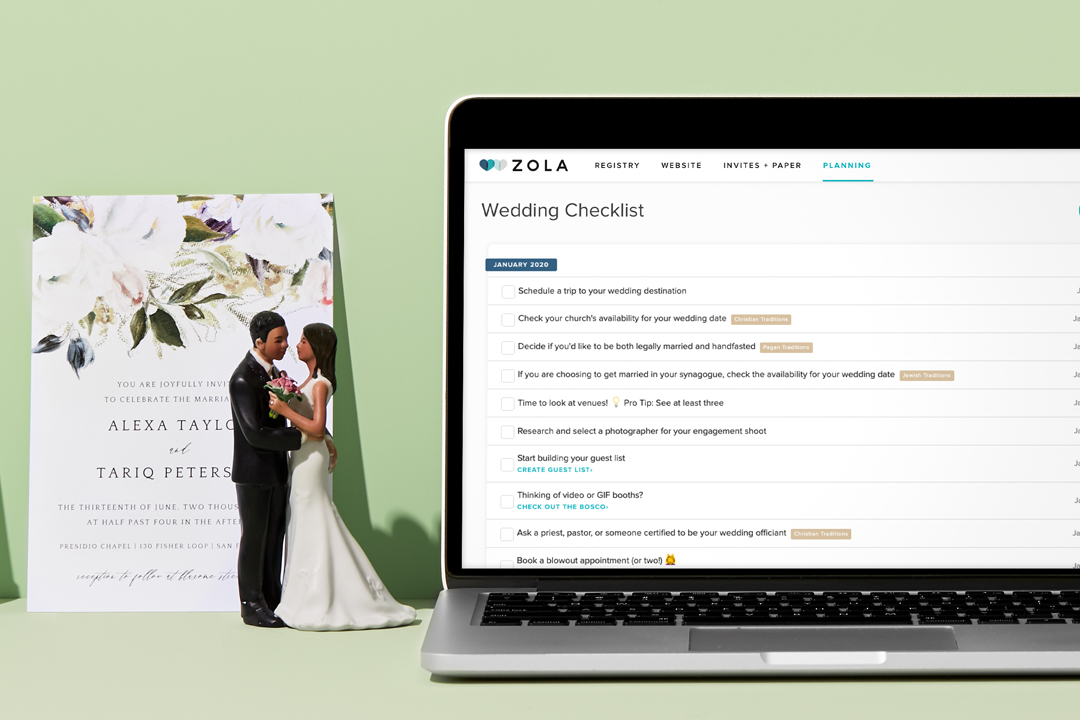
The First 10 Things to Do When Planning a Wedding
How-To
You're engaged—congrats! To help you ease into wedding planning, we’re here with a list of the very first things you should do once you get engaged.
Featured

The Ultimate Guide to Plan an Engagement Party
How-To
Follow these step-by-step instructions for how to plan an engagement party to achieve guaranteed hosting success.
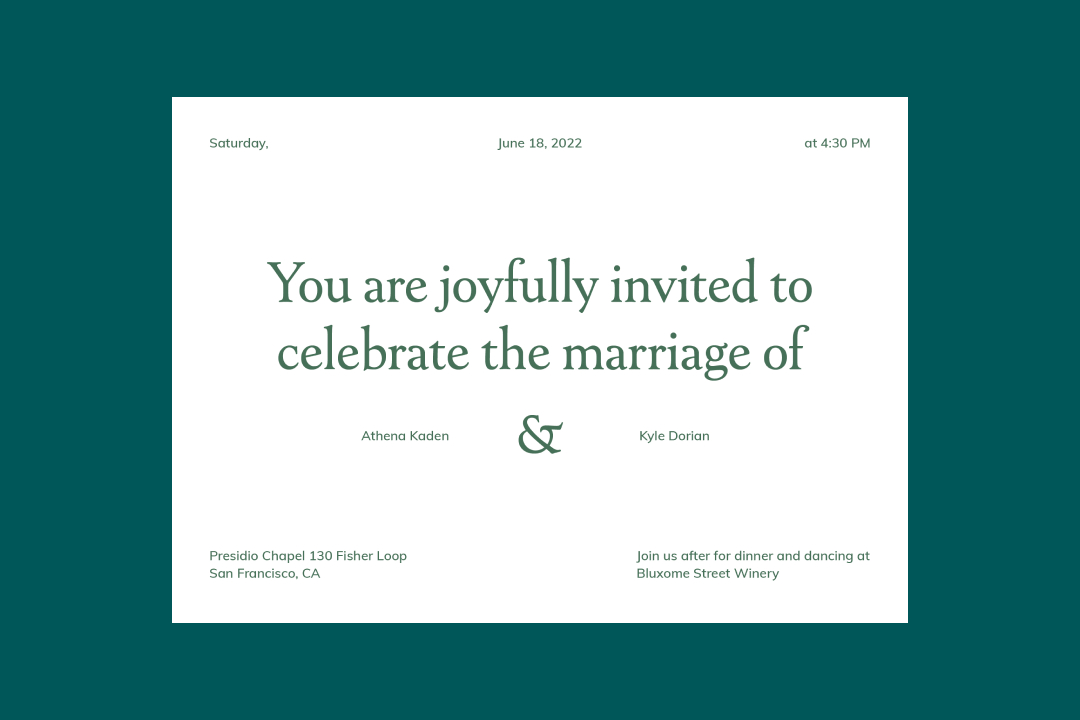
Wedding Invitation Wording: A Complete How-To Guide
How-To
Learn the how-to's of wedding invitation wording, plus formal and casual wedding invitation examples from the experts.

Who Should I Invite Wedding Dress Shopping?
Advice
Wedding dress shopping is a special experience, but sometimes bringing too many loved ones invites too many opinions. Here’s how to decide who to bring wedding dress shopping.

2024/25 Printable Wedding Planning Checklist & Timeline - Zola
Don’t miss a wedding planning detail with our complete, expert-crafted wedding checklist and timeline. Free, printable version inside!
- Expert advice/
- Getting engaged/
- Rings/
- Is Engagement Ring Insurance Worth It?
Find even more wedding ideas, inspo, tips, and tricks
We’ve got wedding planning advice on everything from save the dates to wedding cakes.
